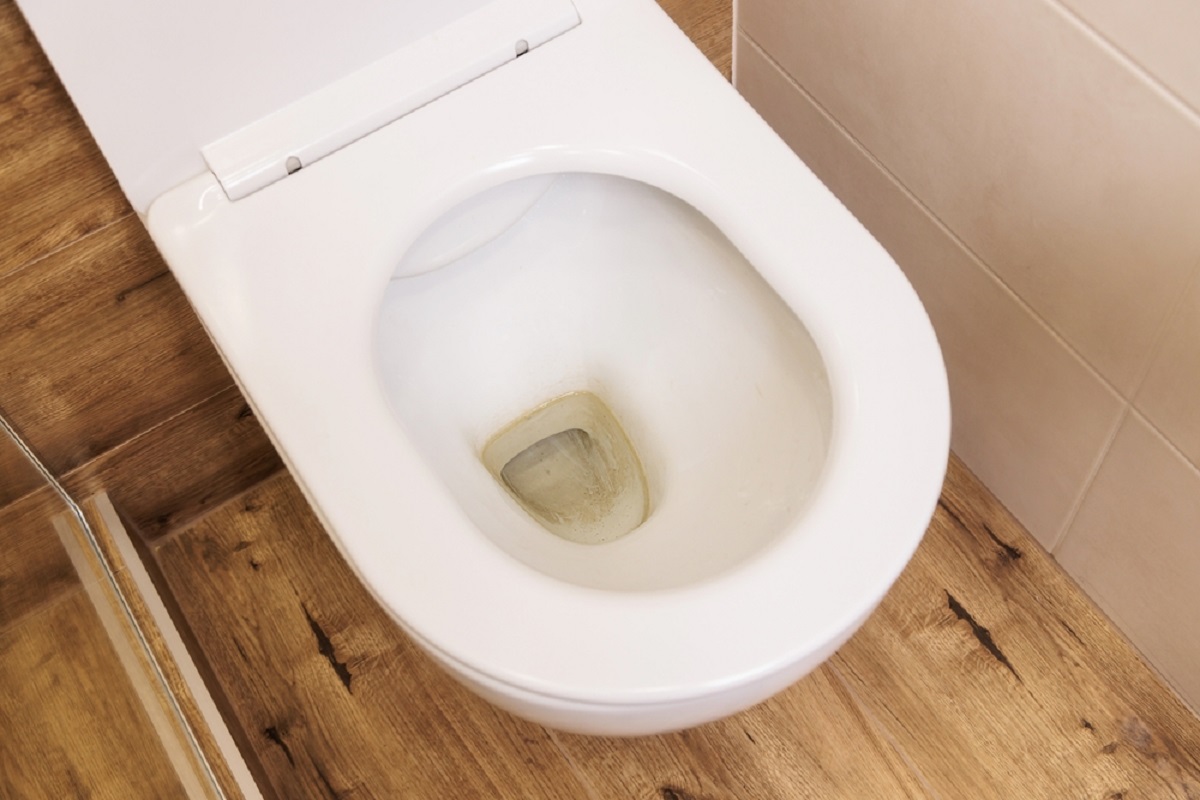

Articles
How To Get Rust Stains Out Of A Toilet
Modified: January 6, 2024
Looking for articles on how to remove rust stains from a toilet? Find effective solutions to get rid of unsightly stains and keep your bathroom looking clean and fresh.
(Many of the links in this article redirect to a specific reviewed product. Your purchase of these products through affiliate links helps to generate commission for Storables.com, at no extra cost. Learn more)
Introduction
Having rust stains in your toilet can be frustrating and unsightly. Rust stains occur when iron particles in the water oxidize and leave brownish-orange marks on the surface of the toilet bowl. While rust stains may seem difficult to remove, with the right tools and techniques, you can restore your toilet to its original clean and sparkling condition.
In this article, we will guide you through the step-by-step process of getting rid of rust stains in your toilet. We will also provide some valuable tips on preventing future rust stains from forming. So, let’s dive in and learn how to tackle those stubborn rust stains!
Key Takeaways:
- Say goodbye to stubborn rust stains in your toilet by following a step-by-step cleaning process using the right tools and materials. Prevent future rust stains with simple yet effective preventive measures for a clean and sparkling toilet bowl.
- Prioritize safety and follow precautions when removing rust stains from your toilet. Implement preventive measures such as regular cleaning, using rust-preventive cleaners, and addressing plumbing issues to keep your toilet rust-free and pristine.
Read more: How To Get Toilet Bowl Stains Out
Understanding Rust Stains in Toilets
Rust stains in toilets are a common problem that can occur due to various reasons. Most commonly, they are caused by the presence of iron in the water supply. When this water comes into contact with the porcelain surface of the toilet bowl, it leaves behind iron particles that oxidize and form rust stains over time.
In areas with high iron content in the water, the chances of rust stains occurring in toilets are significantly higher. Other factors that can contribute to the development of rust stains include old plumbing systems, rusty pipes, or iron-rich sediments in the water source.
Rust stains in toilets are not only unattractive but can also be a breeding ground for bacteria and germs. That’s why it’s important to address these stains promptly and effectively.
Before proceeding with the cleaning process, it’s essential to determine whether the stains on your toilet bowl are actually caused by rust. You can do this by conducting a simple test. Take a small amount of household cleaner or toilet bowl cleaner and apply it directly to the stained area. If the stain begins to dissolve or fade, it is likely a rust stain. If the stain remains unaffected, it may be a different type of stain, such as hard water or mineral deposits, which may require different cleaning methods.
Now that we have a better understanding of rust stains in toilets, let’s move on to the necessary precautions to take before starting the cleaning process.
Precautions Before Cleaning
Before you begin the process of cleaning rust stains in your toilet, it is important to take some precautions to ensure your safety and the effectiveness of the cleaning method. Here are a few essential precautions to keep in mind:
- Wear protective gear: When dealing with cleaning chemicals, it is crucial to protect yourself. Wear rubber gloves and safety glasses to avoid any contact with the cleaning solutions.
- Ventilate the area: Make sure to open windows or turn on the exhaust fan in the bathroom to provide proper ventilation. Some cleaning products may release fumes, and good ventilation will help maintain a healthy environment.
- Read the labels: Before applying any cleaning product, carefully read the instructions and warning labels. Follow the manufacturer’s recommendations to ensure safe and effective use.
- Avoid mixing chemicals: Do not mix different cleaning products together. Mixing certain chemicals can produce toxic fumes or dangerous reactions. Stick to one cleaning method at a time.
- Test in a small area: Before applying any cleaning solution to the entire toilet bowl, perform a patch test in a small, inconspicuous area. This will help ensure that the cleaner is safe for your toilet surface and will not cause any damage.
- Keep children and pets away: During the cleaning process, it is best to keep children and pets away from the bathroom to prevent accidental exposure to the cleaning solutions.
By taking these precautions, you can ensure a safe and effective cleaning process for removing rust stains from your toilet bowl. Now, let’s move on to the tools and materials you will need for this task.
Tools and Materials Required
Before you get started with removing rust stains from your toilet, it’s important to gather the necessary tools and materials. Having everything prepared in advance will make the process smoother and more efficient. Here are the tools and materials you will need:
- Gloves: Rubber gloves will protect your hands from the cleaning solutions and ensure your safety throughout the process.
- Safety glasses: Wear safety glasses to protect your eyes from any splashing cleaning solutions.
- Toilet brush: A sturdy toilet brush with stiff bristles will help with scrubbing away the rust stains.
- Rust stain remover: Look for a rust stain remover specifically designed for toilets. These cleaners are formulated to dissolve rust stains effectively.
- Baking soda: Baking soda is a natural cleaning agent that can help remove stains and odors from your toilet bowl.
- Vinegar: White vinegar is a versatile household cleaner that can be used to tackle rust stains as well.
- Soft cloth or sponge: Keep a soft cloth or sponge handy for wiping down the surfaces during and after the cleaning process.
- Bucket: A bucket will be useful for mixing cleaning solutions or collecting water when necessary.
- Water: You will need access to water for rinsing the toilet bowl and diluting cleaning solutions.
- Optional: Lime or rust scale remover: If the rust stains are stubborn and difficult to remove, you may consider using a lime or rust scale remover. These products are specifically formulated to tackle tough stains.
Having these tools and materials ready will ensure that you have everything you need to effectively remove rust stains from your toilet. Now that you’ve gathered your supplies, let’s move on to the step-by-step process of cleaning rust stains in your toilet bowl.
Step 1: Shut Off Water Supply
Before you start cleaning the rust stains in your toilet bowl, it is important to shut off the water supply to prevent any accidents or overflow. Here’s how you can shut off the water supply:
- Locate the water shut-off valve: The water shut-off valve is usually located on the wall behind the toilet or near the floor. It is a small lever or a twist valve.
- Turn off the water supply: Twist the valve or lever clockwise to shut off the water supply. You may need to turn it several times until the water flow stops completely. If your toilet doesn’t have a shut-off valve, you may need to shut off the main water supply for your home.
- Flush the toilet: Once the water supply is shut off, flush the toilet to remove any remaining water in the tank and bowl. This will make it easier to work on removing the rust stains.
Shutting off the water supply is an important step to prevent any water leakage or overflow during the cleaning process. Once you have completed this step, you can move on to the next step of emptying the toilet bowl.
Read more: How To Get Yellow Stains Out Of Toilet
Step 2: Empty the Toilet Bowl
Now that you have shut off the water supply, the next step is to empty the toilet bowl of any remaining water. Follow these steps to empty the toilet bowl:
- Prepare a bucket: Place a bucket or a large container near the toilet to collect the water.
- Remove excess water: Use a small cup or a plastic container to scoop out as much water as possible from the toilet bowl. Pour the water into the bucket.
- Use a sponge or towel: Use a sponge or a towel to soak up any remaining water in the bowl. Wring out the sponge or towel into the bucket.
- Empty the bucket: Once you have emptied the toilet bowl of water, carefully pour the water from the bucket into a sink or drain.
Emptying the toilet bowl will make it easier to apply the cleaning solution and scrub away the rust stains. Make sure to dispose of the collected water properly and clean the bucket before moving on to the next step.
Now that the toilet bowl is empty, we can proceed to the next step of applying a rust stain remover to effectively remove the stains.
Step 3: Apply Rust Stain Remover
With the toilet bowl empty, it’s time to apply a rust stain remover to tackle those stubborn stains. Follow these steps to effectively apply the rust stain remover:
- Read the instructions: Before applying any rust stain remover, carefully read and follow the instructions provided by the manufacturer. Different products may have specific application methods or safety precautions.
- Choose a rust stain remover: Select a rust stain remover that is specifically formulated for toilet bowls. These cleaners are designed to target and dissolve rust stains effectively.
- Apply the rust stain remover: Squeeze or pour the rust stain remover onto the stained areas of the toilet bowl. Make sure to cover the entire rust-stained surface.
- Let it sit: Allow the rust stain remover to sit on the stains for the recommended amount of time specified on the product instructions. This will give the cleaner enough time to penetrate and dissolve the rust stains.
- Avoid contact with other surfaces: Be cautious while applying the rust stain remover to prevent any accidental contact with other surfaces, as it may cause damage or discoloration.
Applying a rust stain remover is a crucial step in the cleaning process, as it helps break down and loosen the rust stains for easier removal. Once you’ve applied the rust stain remover, it’s time to move on to the next step of scrubbing the stains.
Use a pumice stone to gently scrub the rust stains in the toilet. Wet the stone and the stained area, then lightly scrub until the stains are removed. Always test a small area first to ensure it won’t scratch the porcelain.
Step 4: Scrub the Stains
Now that the rust stain remover has had some time to work its magic, it’s time to scrub away the stains from your toilet bowl. Follow these steps to effectively scrub the stains:
- Use a toilet brush: Take a toilet brush with stiff bristles and begin scrubbing the stained areas of the toilet bowl. Apply some pressure and scrub in a circular motion to work the rust stain remover into the stains.
- Focus on the stains: Pay extra attention to the areas where the rust stains are most prominent. Scrub vigorously to break down the stains and loosen them from the surface.
- Scrub under the waterline: Don’t forget to scrub under the waterline as well, as rust stains can accumulate in this area too. Use the toilet brush to thoroughly clean the entire interior of the toilet bowl.
- Continue until stains are gone: Keep scrubbing until you see the rust stains starting to fade or disappear. Be patient, as some stubborn stains may require multiple rounds of scrubbing to completely remove.
- Rinse the brush: After you’re done scrubbing, rinse the toilet brush under running water to remove any residual rust stain remover and debris. You can also fill a bucket with water and swish the brush in it to ensure a thorough rinse.
Remember to scrub gently but firmly to avoid damaging the porcelain surface of the toilet bowl. As you scrub, you’ll begin to see the rust stains gradually fade away, revealing a cleaner surface. Once you’re satisfied with the results, it’s time to move on to the next step of allowing the rust stain remover to work its magic.
Step 5: Allow the Remover to Work
After scrubbing the stains, it’s important to allow the rust stain remover to continue working on any residual stains that may still be present. Follow these steps to ensure the best results:
- Read the instructions: Refer to the instructions provided with the rust stain remover to determine the recommended amount of time to let it sit.
- Leave it undisturbed: Once you’ve finished scrubbing, avoid flushing or using the toilet for the recommended duration specified on the product instructions. This will allow the rust stain remover to continue breaking down any remaining stains.
- Keep the bathroom ventilated: During this waiting period, it’s important to keep the bathroom well-ventilated. Open a window or turn on the exhaust fan to ensure good airflow and help dissipate any fumes from the cleaner.
- Patience is key: Be patient and allow the rust stain remover enough time to work. The longer it sits, the better chance it has of fully eliminating the stubborn rust stains.
By giving the rust stain remover time to work undisturbed, you’re maximizing its effectiveness for stain removal. Once the recommended waiting period has passed, you can move on to the final step of flushing and rinsing the toilet.
Read more: How To Get Pee Stains Out Of Toilet Seat
Step 6: Flush and Rinse
Now that you’ve allowed the rust stain remover to work its magic, it’s time to flush and rinse the toilet bowl, removing any remaining residue and revealing a clean, stain-free surface. Follow these steps to complete the cleaning process:
- Open the water supply: Turn the water supply back on by twisting the shut-off valve counterclockwise. This will allow water to flow into the toilet tank.
- Flush the toilet: With the water supply turned on, press the flush lever or button to flush the toilet. This will refill the bowl with fresh water and initiate the rinsing process.
- Check for any remaining stains: After flushing, closely examine the toilet bowl for any residual stains. If you notice any lingering rust stains, you may need to repeat the cleaning process or target those areas with additional rust stain remover and scrubbing.
- Rinse with clean water: To ensure a thorough rinse, use a bucket or container to pour clean water into the toilet bowl. Use a toilet brush or sponge to swish the water around, making sure to reach all corners and crevices.
- Flush again: Once you’ve rinsed the toilet bowl, flush it again to drain out the water and remove any leftover residue.
- Dry and inspect: Use a clean towel or cloth to dry the interior surfaces of the toilet bowl. Inspect the bowl carefully to ensure that all rust stains have been successfully removed.
By flushing and rinsing the toilet bowl, you are removing any remnants of the rust stain remover and ensuring that your toilet is clean and ready for use. Congratulations, you have successfully removed rust stains from your toilet!
Now that you have a clean and stain-free toilet bowl, it’s important to take some safety measures and preventive steps to avoid future rust stains. Let’s discuss these in the next section.
Safety Measures
While cleaning rust stains in your toilet, it’s essential to prioritize safety to protect yourself and your surroundings. Here are some important safety measures to keep in mind:
- Wear protective gear: Always wear rubber gloves and safety glasses when handling cleaning chemicals. This will protect your hands and eyes from any potential harm.
- Use good ventilation: Ensure that the bathroom is well-ventilated by opening windows or turning on the exhaust fan. Proper ventilation helps to minimize exposure to fumes and maintain a safe environment.
- Read and follow instructions: Carefully read the instructions provided with the cleaning products and rust stain removers. Follow the recommended application methods and safety precautions mentioned by the manufacturer.
- Avoid mixing chemicals: Never mix different cleaning products together, as this can result in dangerous reactions or the release of toxic fumes. Stick to using one product at a time.
- Keep children and pets away: Ensure that children and pets are safely away from the bathroom during the cleaning process. This prevents accidental exposure to cleaning solutions and promotes a safe environment for everyone.
- Properly dispose of cleaning materials: Dispose of used cleaning materials in accordance with local regulations. Rinse and clean any containers or tools used during the cleaning process before storing or discarding them.
- Store cleaning products safely: Keep cleaning products out of reach of children and pets, and store them in a cool, dry place away from direct sunlight or heat sources.
- Avoid contact with skin and eyes: In case of any accidental contact with cleaning products, rinse the affected area immediately with plenty of water and seek medical attention if necessary.
By following these safety measures, you can ensure a safe cleaning process and minimize any potential risks associated with handling cleaning chemicals. Always prioritize your safety and the safety of those around you.
Now that you’ve successfully cleaned your toilet and taken necessary safety precautions, let’s discuss some preventive measures to keep your toilet free from future rust stains.
Preventing Rust Stains in Toilets
Preventing rust stains in your toilet can save you time and effort in the long run. Here are some preventive measures you can take to keep your toilet bowl free from rust stains:
- Install a water softener: If you live in an area with hard water or high mineral content, consider installing a water softener. This device can help reduce the amount of iron and other minerals in your water supply, minimizing the risk of rust stains in your toilet.
- Regular cleaning and maintenance: Make it a habit to regularly clean your toilet bowl using mild cleaners or natural solutions, such as baking soda or vinegar. Regular cleaning helps prevent the accumulation of minerals and stains, including rust.
- Flush with hot water: Occasionally, flush your toilet with hot water to help dissolve any mineral deposits or sediments that could lead to rust stains. Simply fill a bucket with hot water and pour it into the toilet bowl, allowing it to sit for a few minutes before flushing.
- Use a toilet tank cleaner: Consider using a toilet tank cleaner or a toilet bowl cleaner with rust preventive properties. These cleaners typically contain ingredients that help prevent the formation of rust stains and keep your toilet bowl looking clean and fresh.
- Keep the toilet bowl dry: After using the toilet, make sure to dry the surfaces inside the bowl by using a toilet brush or a towel. This helps prevent the accumulation of moisture, which can contribute to the formation of rust stains over time.
- Inspect and address plumbing issues: Regularly inspect your plumbing system for any leaks or issues. Rust stains can occur if there are rusty pipes or plumbing fixtures. If you notice any problems, have them addressed by a professional plumber to prevent further issues.
- Consider a toilet bowl coating: Some manufacturers offer toilet bowl coatings or sealants that provide an additional layer of protection against stains, including rust. These coatings can make it easier to clean and maintain the toilet bowl.
By implementing these preventive measures, you can significantly reduce the chances of rust stains appearing in your toilet bowl. Remember to consistently maintain good cleaning habits and address any plumbing issues promptly to keep your toilet looking pristine.
With these tips in mind, you can enjoy a rust-free toilet and ensure that your bathroom remains clean and fresh for years to come.
Conclusion
Dealing with rust stains in your toilet can be a challenging task, but with the right tools, techniques, and preventive measures, you can restore your toilet to its clean and sparkling state. By following the step-by-step cleaning process outlined in this article, you can effectively remove rust stains from your toilet bowl and prevent their recurrence.
Remember to take necessary precautions before starting the cleaning process, such as wearing protective gear and ensuring proper ventilation. Gather the required tools and materials, including a rust stain remover, toilet brush, and gloves, to make the cleaning process efficient and effective.
Take each step seriously, from shutting off the water supply to properly rinsing the toilet bowl. Scrubbing the stains with a toilet brush and allowing the rust stain remover to work its magic are essential for achieving the best results. Finally, flush and rinse the toilet bowl thoroughly while maintaining safety measures.
To prevent future rust stains, consider installing a water softener, adopting regular cleaning and maintenance routines, and using rust-preventive toilet cleaners. Keeping the toilet bowl dry, inspecting and addressing plumbing issues promptly, and applying a toilet bowl coating are also effective preventive measures.
By implementing these tips and techniques, you can maintain a rust-free toilet and enjoy a clean and fresh bathroom environment. Say goodbye to unsightly rust stains and hello to a pristine toilet bowl!
Remember, it’s always important to prioritize safety throughout the cleaning process and follow manufacturer instructions when using cleaning products. With patience and consistent maintenance, your toilet will remain rust-free for years to come.
Frequently Asked Questions about How To Get Rust Stains Out Of A Toilet
Was this page helpful?
At Storables.com, we guarantee accurate and reliable information. Our content, validated by Expert Board Contributors, is crafted following stringent Editorial Policies. We're committed to providing you with well-researched, expert-backed insights for all your informational needs.
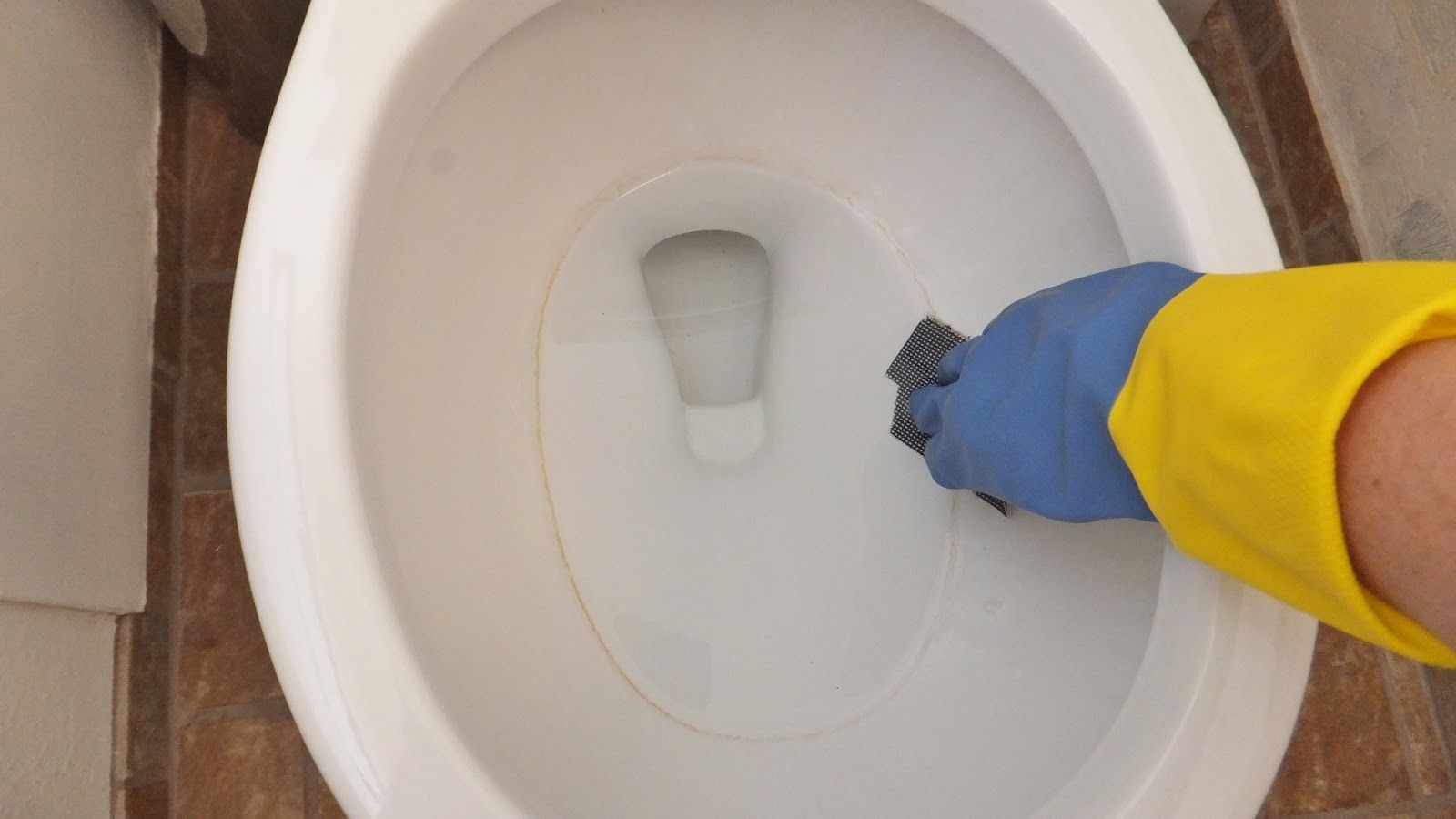
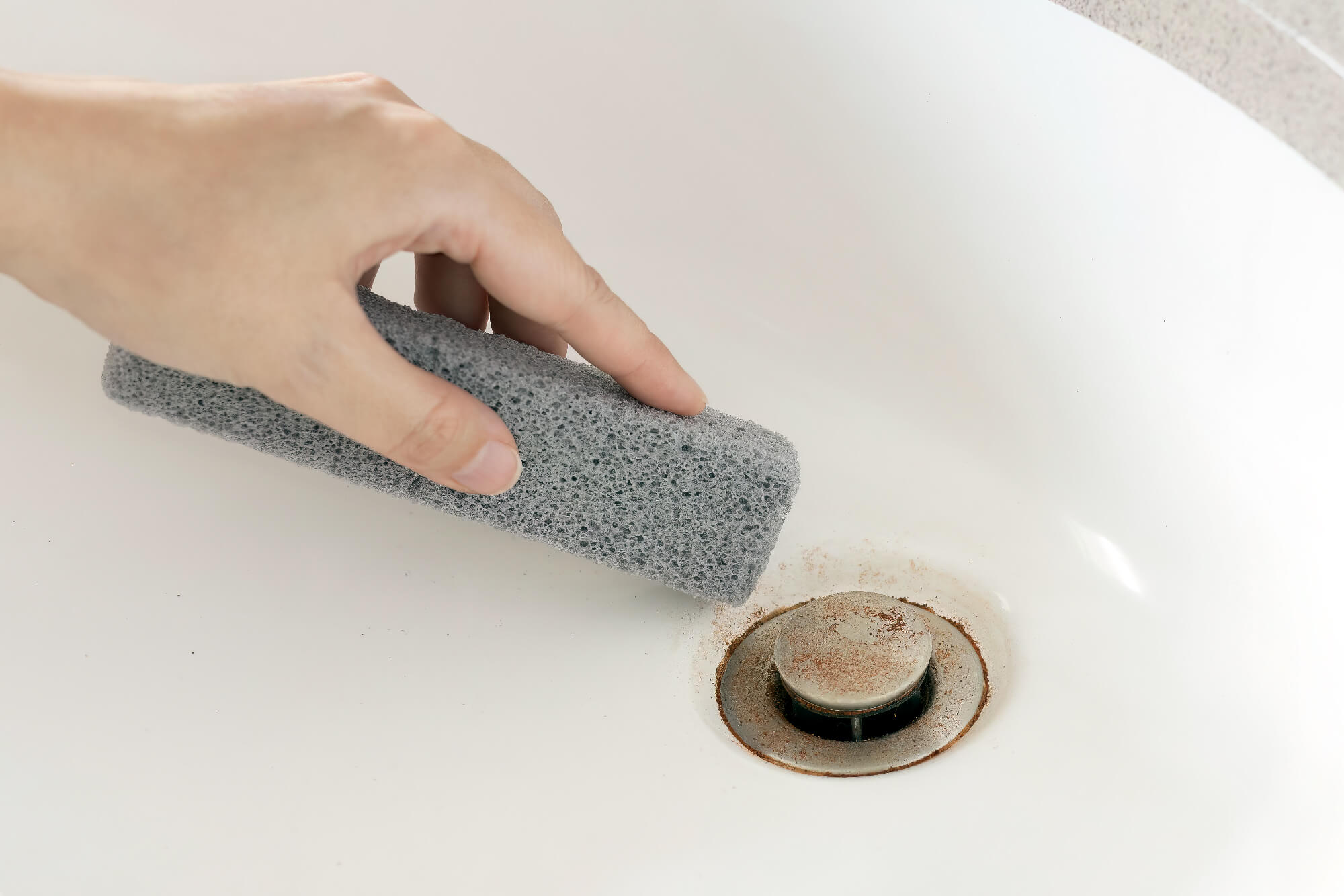
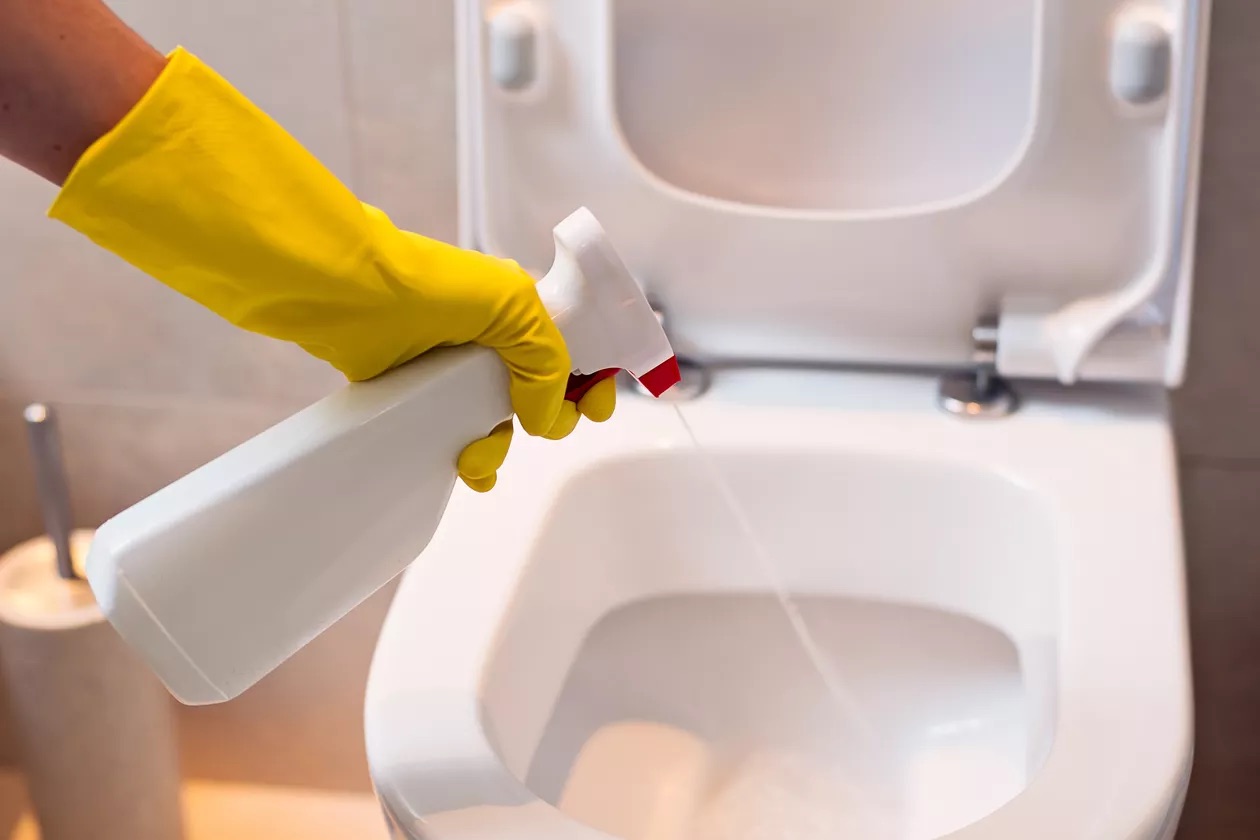
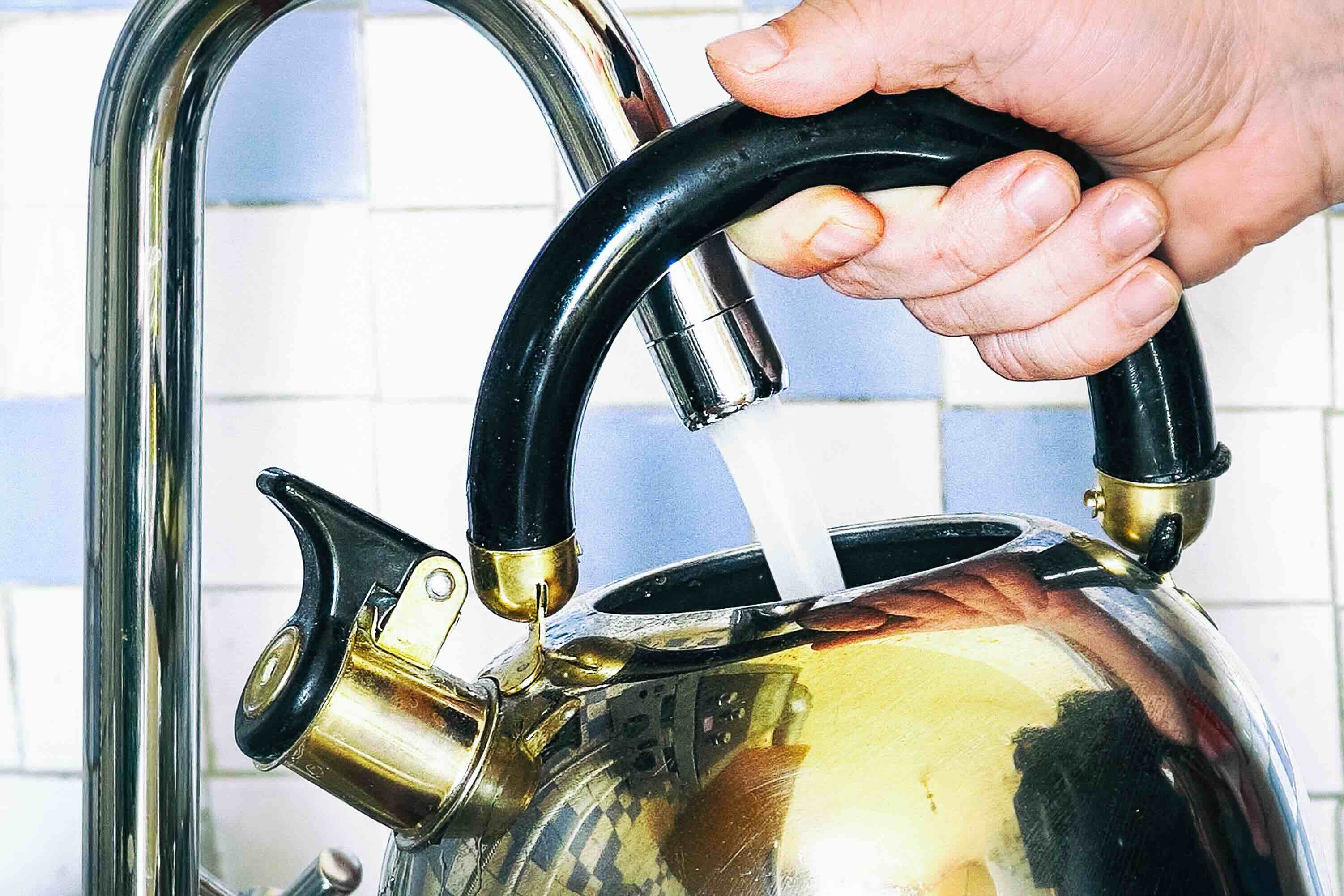
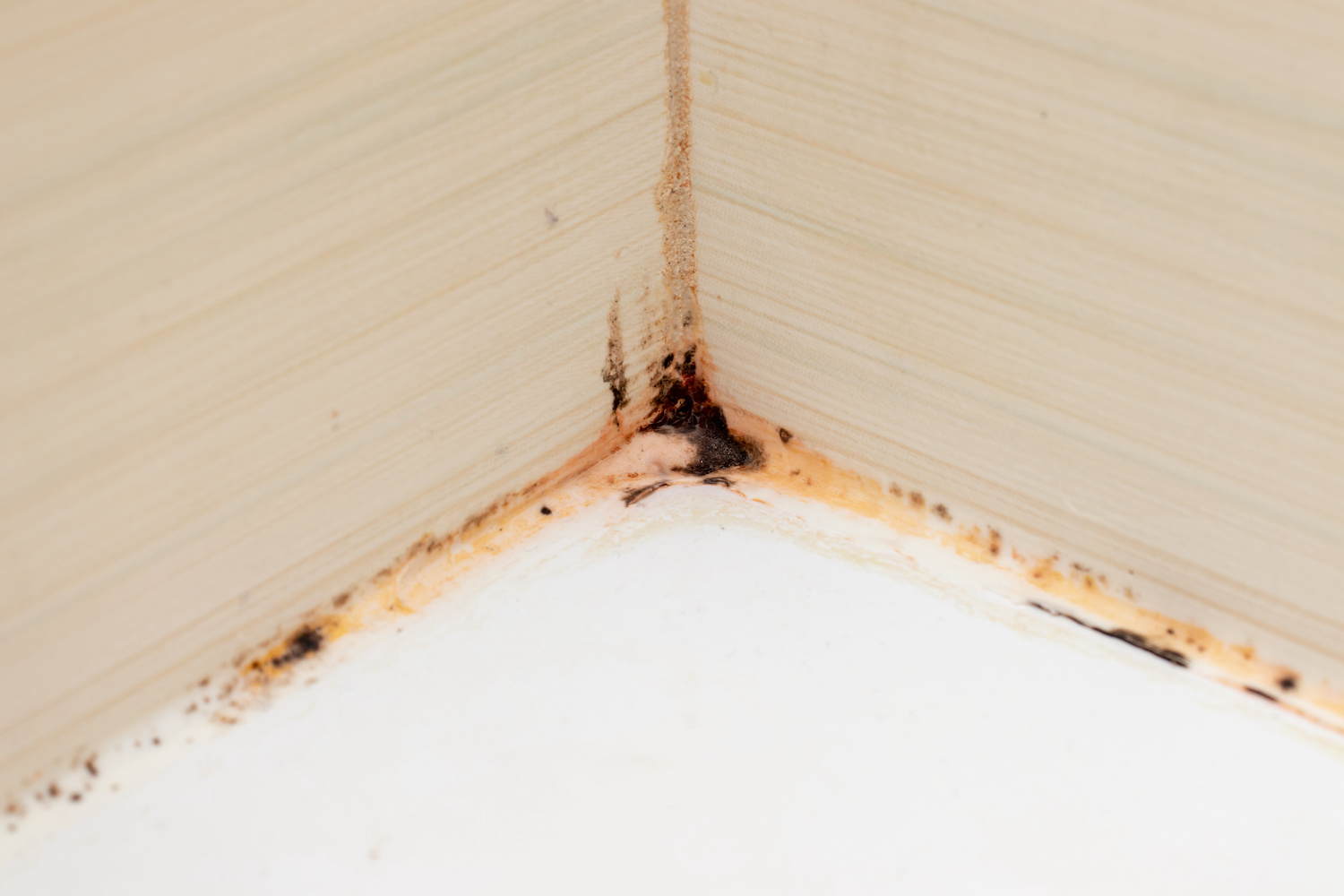
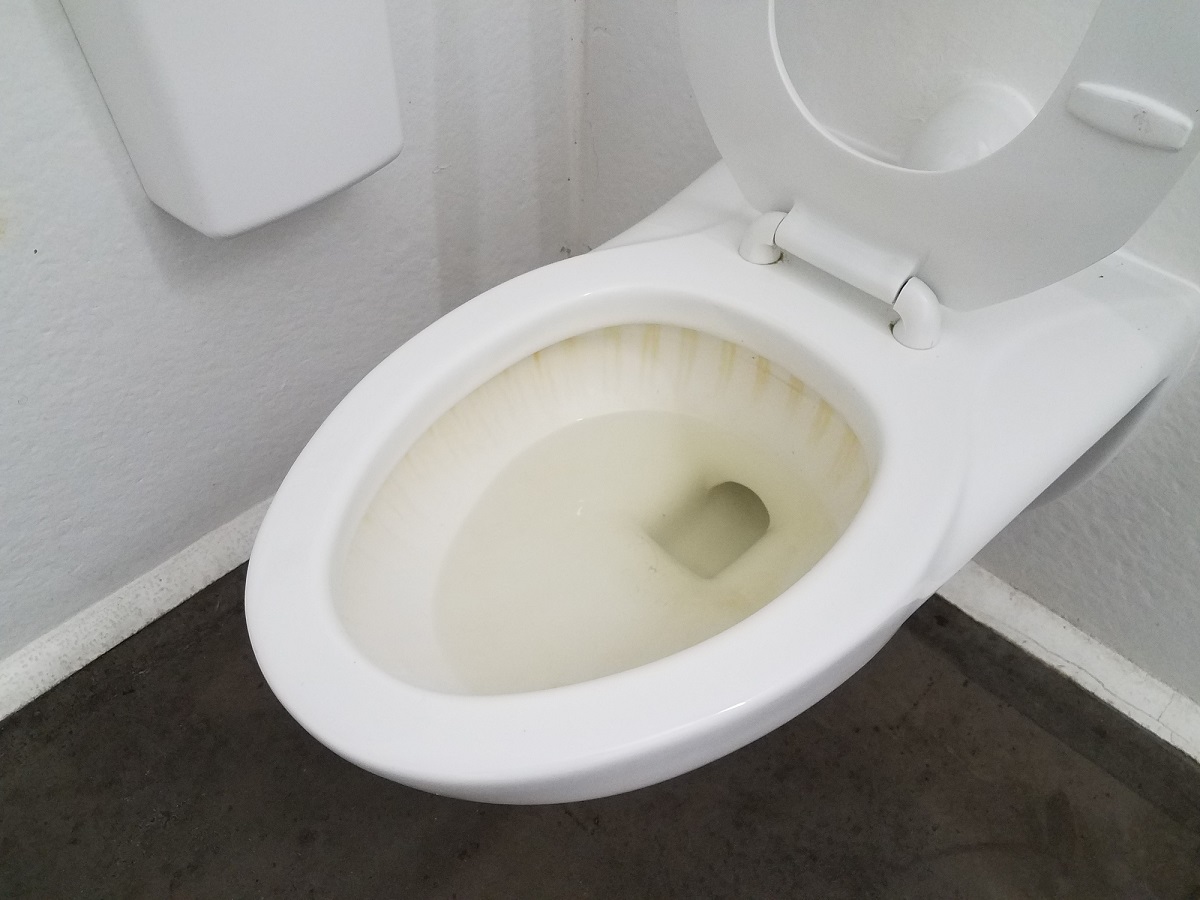
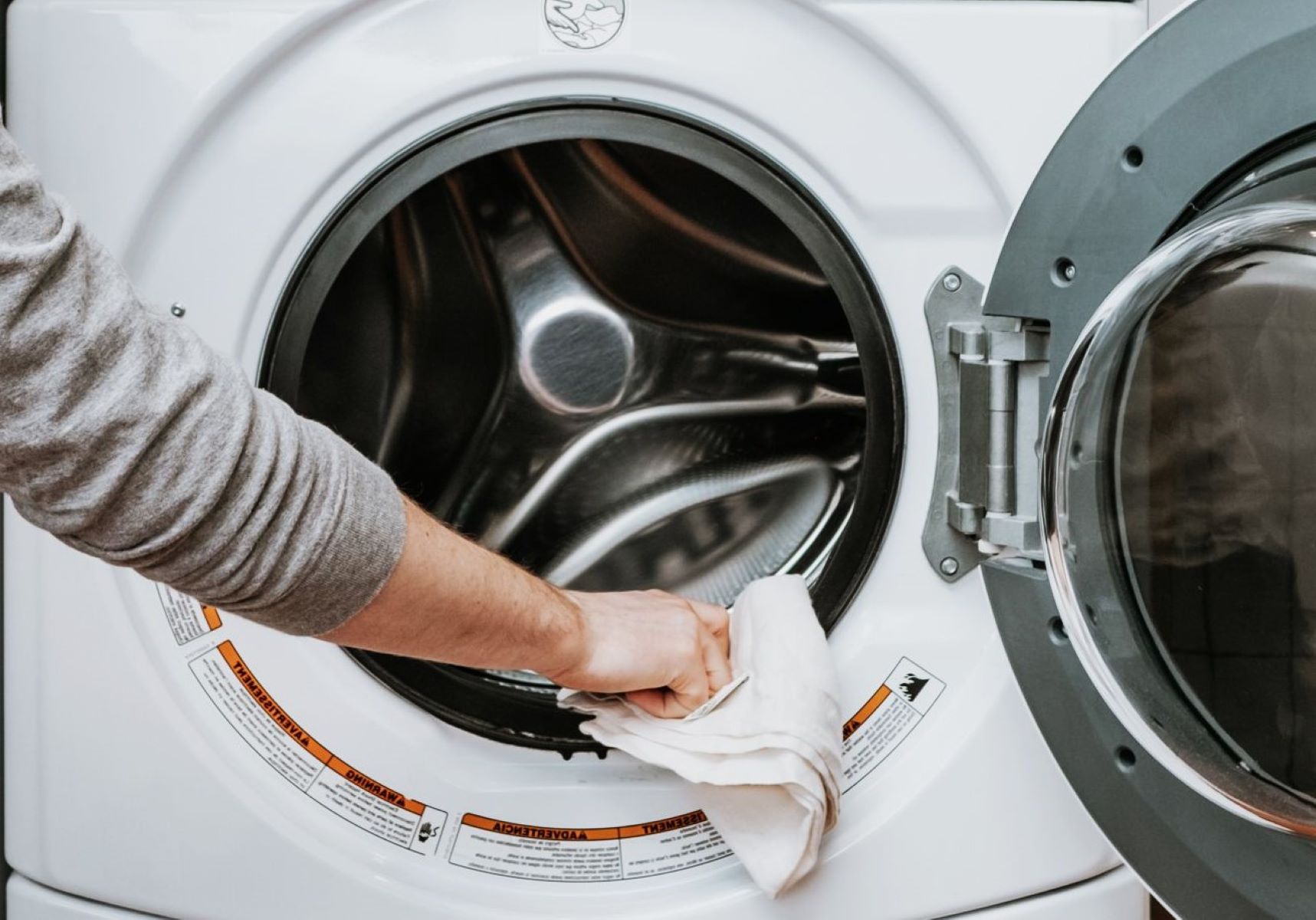
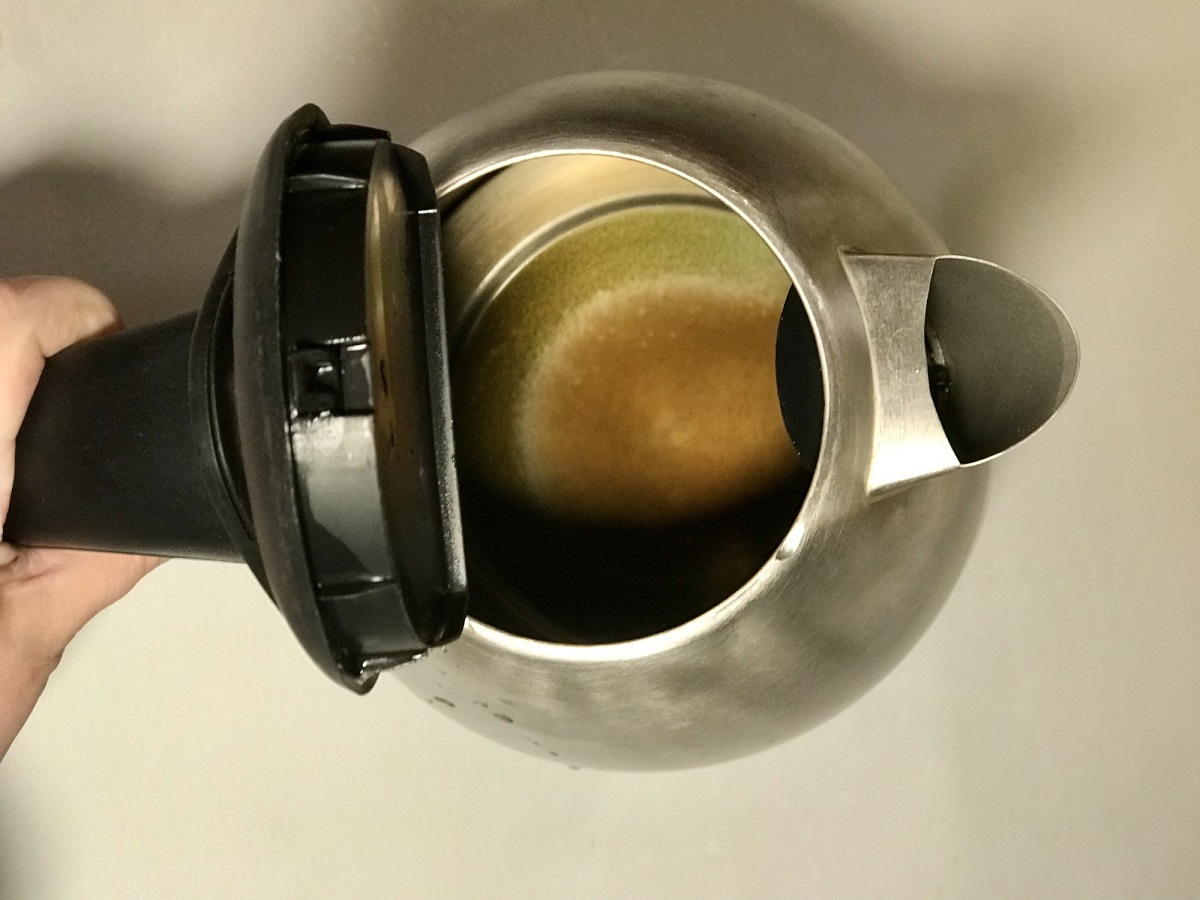
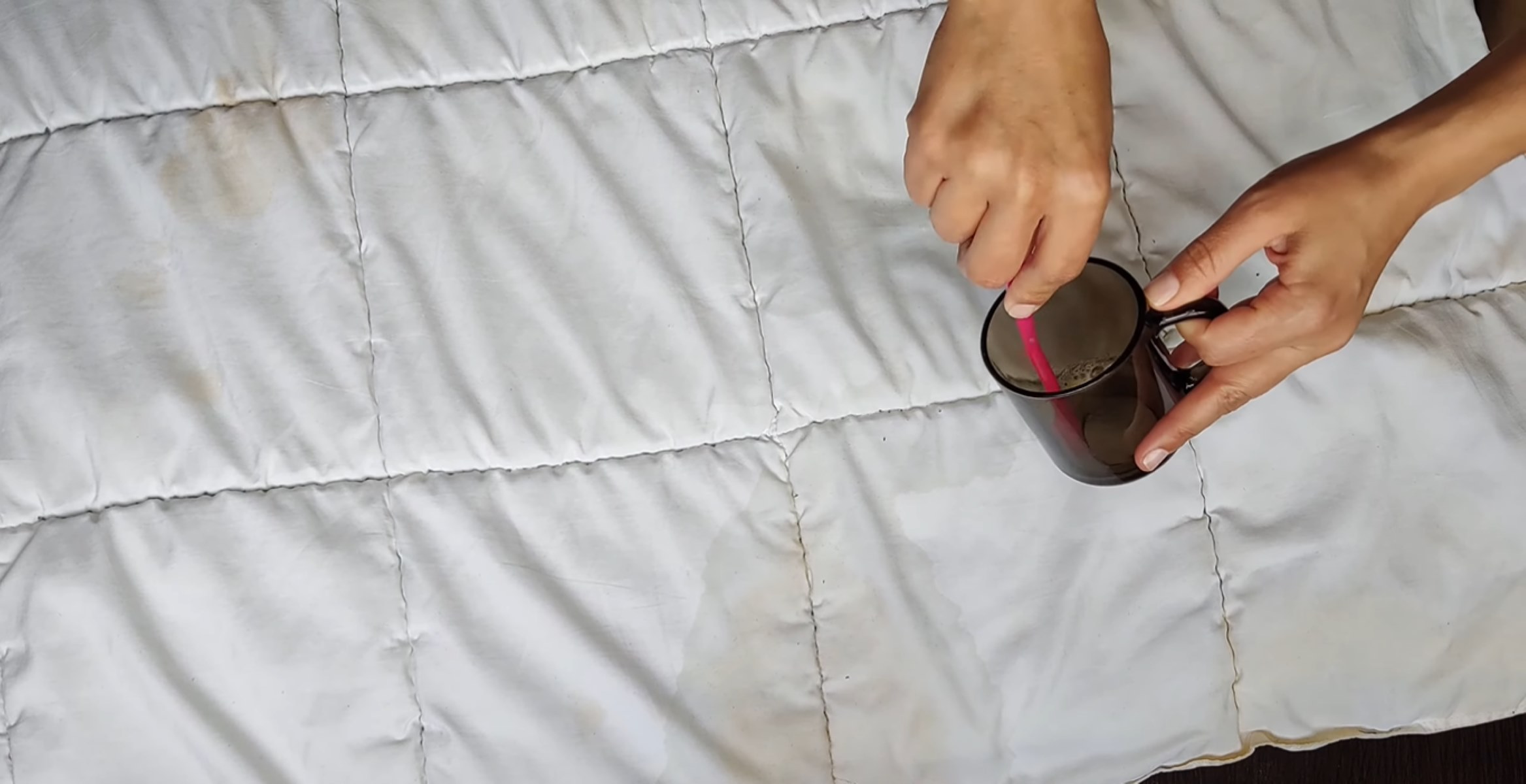
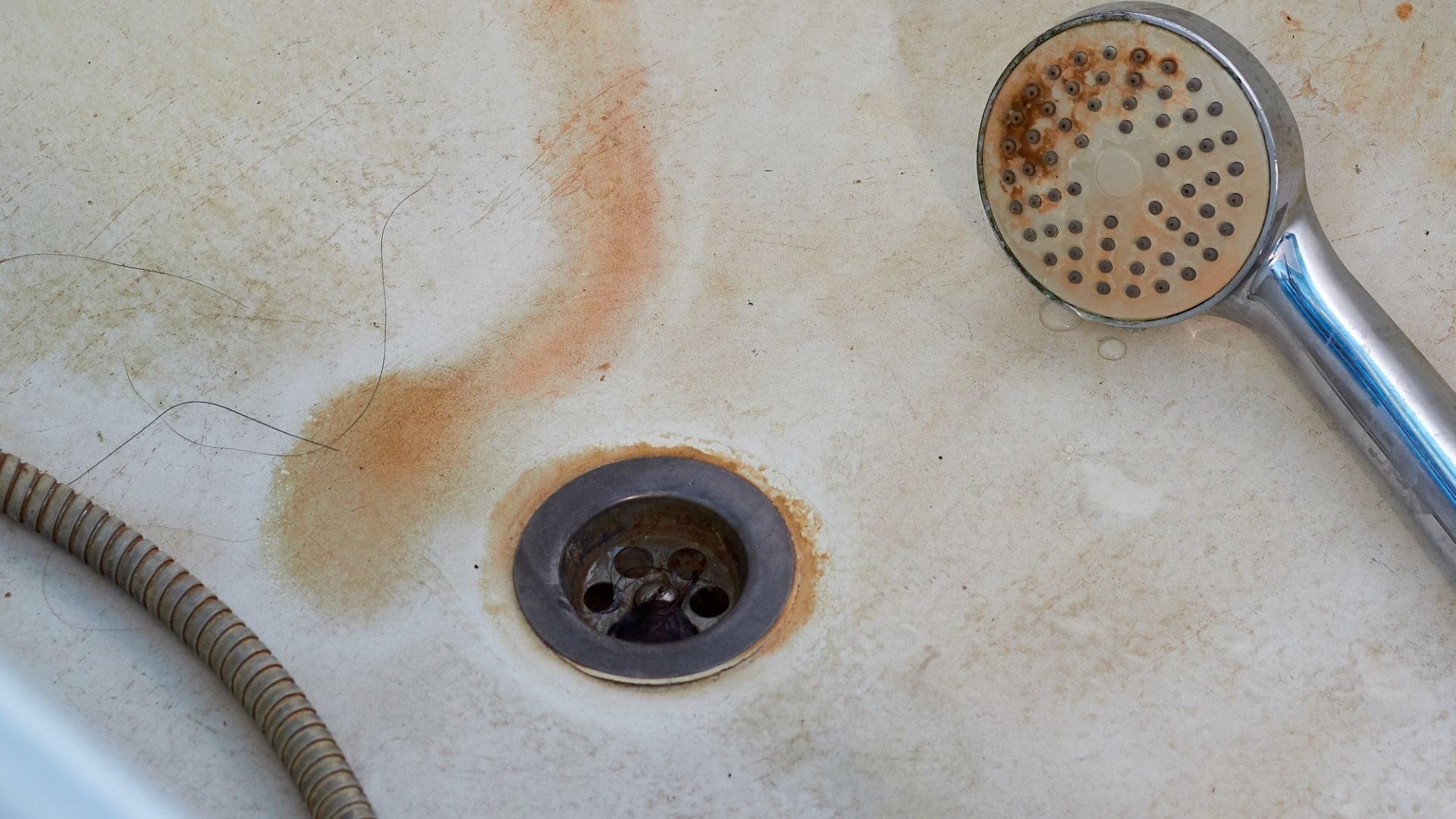
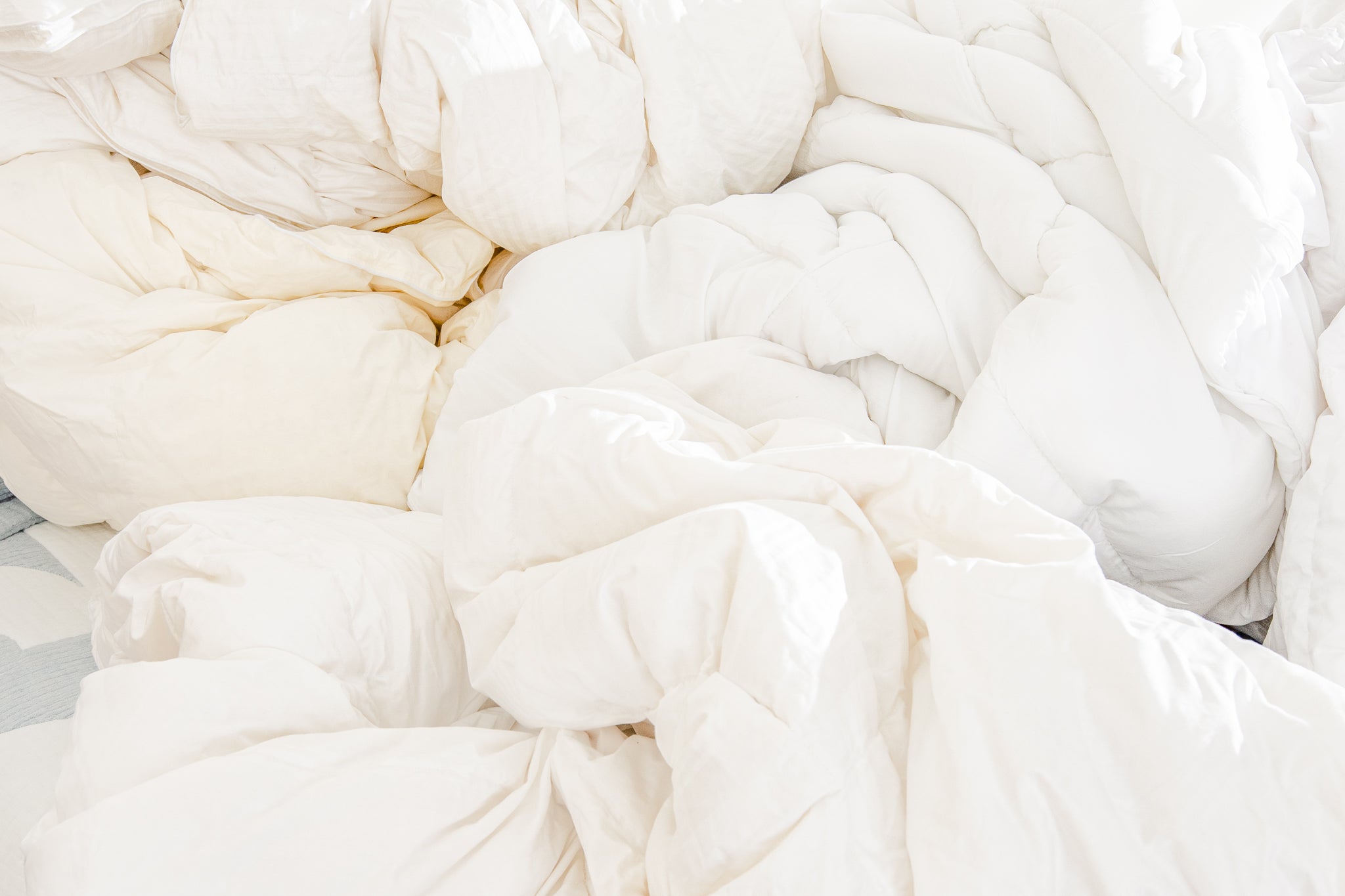
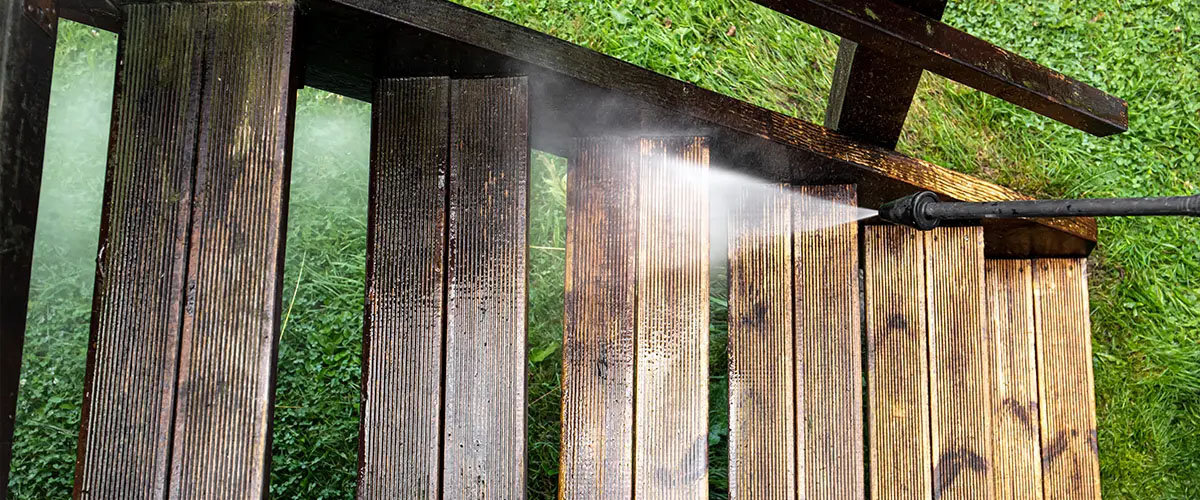
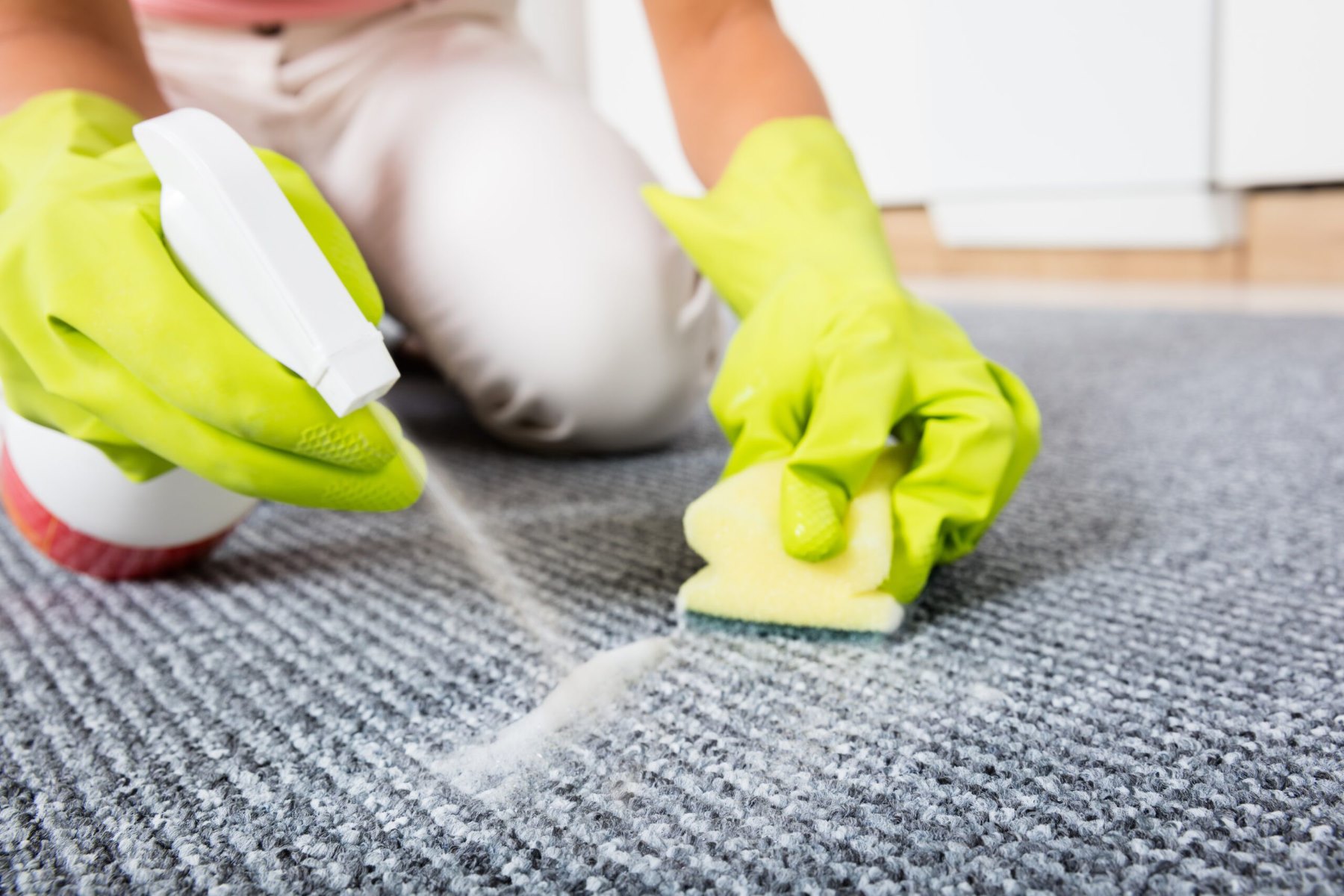

0 thoughts on “How To Get Rust Stains Out Of A Toilet”